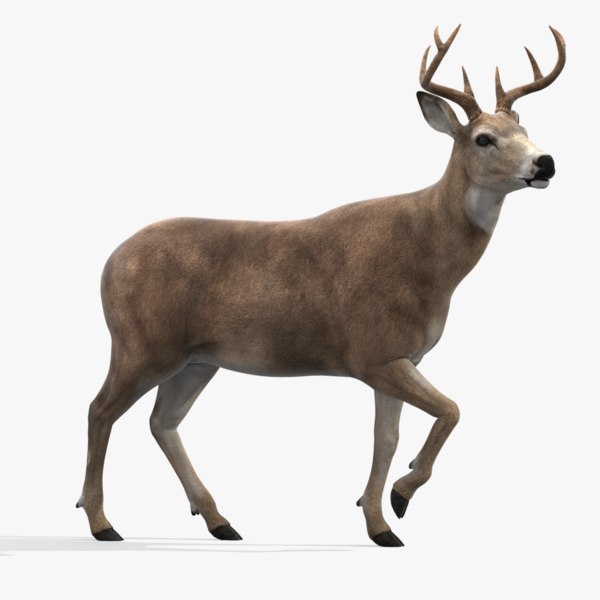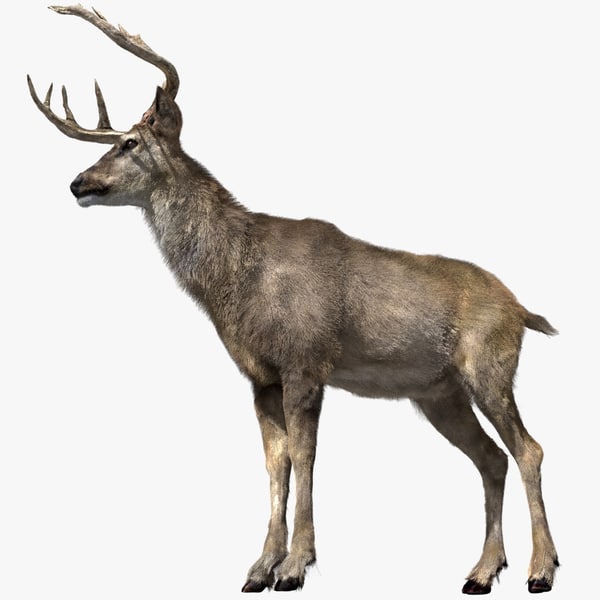The events are either timed or evaluated. The contestants compete for reward money, that includes the entry fees and added cash. Each dollar won represents one point to the candidate; accumulated points determine the world champs at the end of the year. Other rodeo organizations were begun. The Southwest Rodeo Association was arranged in 1938 mainly for the weekend cowboy who was limited in travel time because of another task.
Each dollar won represents one point to the candidate; accumulated points determine the world champs at the end of the year. Other rodeo organizations were begun. The Southwest Rodeo Association was arranged in 1938 mainly for the weekend cowboy who was limited in travel time because of another task.
Later on, the name became International Expert Rodeo Association. In 1975 the PRCA arranged a circuit system composed of twelve geographical regions to fulfill the requirement of the weekend cowboy. In 1986 a circuit national finals rodeo for the season champs and the circuit finals champions was started. A brand-new trend in rodeo is the development of old-timers rodeo associations.
The RAA named world champ cowboys from 1929 through 1944. On January 1, 1945, the RCA, utilizing the RAA point system of a point for each dollar won, began calling world champions. Two sets of world champs were named till July 1, 1955, when the Individual Retirement Account announced that it would not longer continue calling world champs.
In 1933 Mrs. Ethel A. Hopkins purchased Hoofs and Horns and started publishing it as a regular monthly publication. The RAA, NRA, and the CTA used it as their official publication. In 1945 the new RCA started its own bulletin, The Buckboard. In 1952 the Rodeo Sports News became the main RCA publication.
For cowgirls the early years in rodeo were golden years because of the cash and popularity they made. From the turn of the century through the 1930s, females contended in many roping and riding occasions. Popular events were the relay races, if a track was readily available, technique riding, and bronc riding.
In some cases they were contracted to appear at rodeos rather than contend. Kept in mind for her bronc riding, Fort Worth's Barbara Inez (Tad) Lucas, born in Cody, Nebraska, earned $12,000 throughout 1935 in competitors and exhibit. Noted roper Lucille Mulhall, born in Oklahoma Territory, as soon as showed her know-how with a rope by roping a coyote to win a bet with Theodore Roosevelt.
In 1941 Madison Square Garden, due to the fact that of dwindling numbers and scarce rodeo stock, dropped the cowgirl bronc-riding contest, and other rodeos followed this precedent. Ultimately, the WPRA barrel race became the only occasion for ladies at PRCA rodeos, but they did not get equal cash prize. However, development is being made.
The WPRA barrel race is the only females's event that pays well sufficient to require being a full-time profession. The WPRA was begun in San Angelo, Texas, on July 4, 1948, as the Girls Rodeo Association, to promote all-women rodeos and offer more occasions for ladies. In 1948 the GRA had seventy-four members; in 1990 the WPRA/PWRA (Professional Females's Rodeo Association, a different department of the WPRA) had 1800 members.
The 6 standard events for the PWRA all-women rodeos consist of barrel racing, group roping, tie-down and breakaway calf roping, bareback bronc riding, and bull or steer riding. The fame and cash of the early day cowgirls may again be achieved. In 1984 a fourteen-year-old barrel racer recorded the attention of the media and the public.
By 1991 Charmayne and Scamper had actually won eight world titles in a row. In the spring of 1991 their collected incomes passed the million dollar mark, a first for ladies. After World War II youth rodeo organizations sprang up because many individuals had more leisure time. Likewise, rodeo publicity "more than doubled during the fifties." The youth rodeo associations are contributing to the development and professionalism of rodeo.
The National Intercollegiate Rodeo Association was chartered in Texas in 1949. Governed by the students, Texas A&M's Charlie Rankin was the very first NIRA student president. In 1949 Sul Ross State University at Alpine, Texas, won the very first NIRA national men's team champion, and Sul Ross's Harley May won the first NIRA all-around title.
In 1951 Jo Gregory Knox of Midland won the very first women's NIRA all-around champion. The standard PRCA events (except steer roping) are the approved men's occasions at college rodeos, and college ladies compete in barrel racing, breakaway roping, goat connecting, and team roping with the guys. College rodeo contestants can hold concurrent subscription in the NIRA and the PRCA or WPRA/PWRA.
The National High School Rodeo Association was arranged in Hallettsville, Texas, in 1949. The American Junior Rodeo Association is another Texas item. Personal rodeo schools also broadened the field of participants. The PRCA decided to include a nationwide finals rodeo to complete the rodeo season. In 1959 the very first expert National Finals Rodeo was held in the Dallas.
From 196264 the NFR was kept in Los Angeles, then in 1965 it was relocated to Oklahoma City. In 1985 the NFR was lured to Las Vegas, Nevada, by increasing the reward cash granted at the NFR from $901,550 in 1984 to $1,790,000 in 1985. Many Texans have actually identified themselves in rodeo, consisting of black cowboys.
Another black cowboy, Myrtis Dightman of Houston, certified in bull riding 6 times for the NFR between 196672. However, the very first black cowboy to win a world title was from Los Angeles; in 1982 Charlie Sampson won the world title in bull riding. A black calf roper, Fred Whitfield of Cypress, Texas, won the 1990 PRCA Rookie of the Year award, given "to the top money-earning novice." Texas cowboys began to dominate their events.
Dick Griffith of Fort Worth won the world bull riding title four times: 193942. World champion bull rider Harry Tompkins of Dublin, Texas, born in upstate New York, won in 194850, 1952, and 1960. In 1952 Tompkins won 3 world titles: bareback riding, bull riding, and well-rounded, the first all-around to call Texas home.
World champion bull rider Harry Tompkins of Dublin, Texas, born in upstate New York, won in 194850, 1952, and 1960. In 1952 Tompkins won 3 world titles: bareback riding, bull riding, and well-rounded, the first all-around to call Texas home.
Nevertheless, the record for many titles in a combination of occasions belongs to Oklahoman Jim Shoulders, with sixteen titles. The twenty-year-old 1989 world well-rounded champ Ty Murray of Llano, Texas, became the youngest cowboy to win the title. In 1990 he won the all-around title once again and became the first cowboy to win over $200,000 in season profits.
Phil Lyne of Cotulla, Texas, has the difference of being the only cowboy to win the National Finals Rodeo average titles in three occasions: bull riding, calf roping, and guide roping. The cash prize at rodeos has continued to grow. In 1990 Texas had 3 of the top 7 rodeos in the United States as figured out by overall cash prize given.
In 1990 forty-two states held a total of 754 PRCA authorized rodeos with overall cash prize of $18,163,073. The PRCA has been strengthened in several locations. The PRCA has gained financial backing from business sponsors and began the Wrangler Pro Officials System with full-time experienced judges. It has implemented PROCOM, a computer-assisted main entry system.
With its multicultural heritage, rodeo characterizes the unique qualities of the location of its birth: the American Southwest. BIBLIOGRAPHY: Kristine Fredriksson, American Rodeo: From Buffalo Expense to Industry (College Station: Texas A&M University Press, 1985). Teresa Jordan, Cowgirls: Women of the American West (Garden City, New York City: Anchor, 1982).





